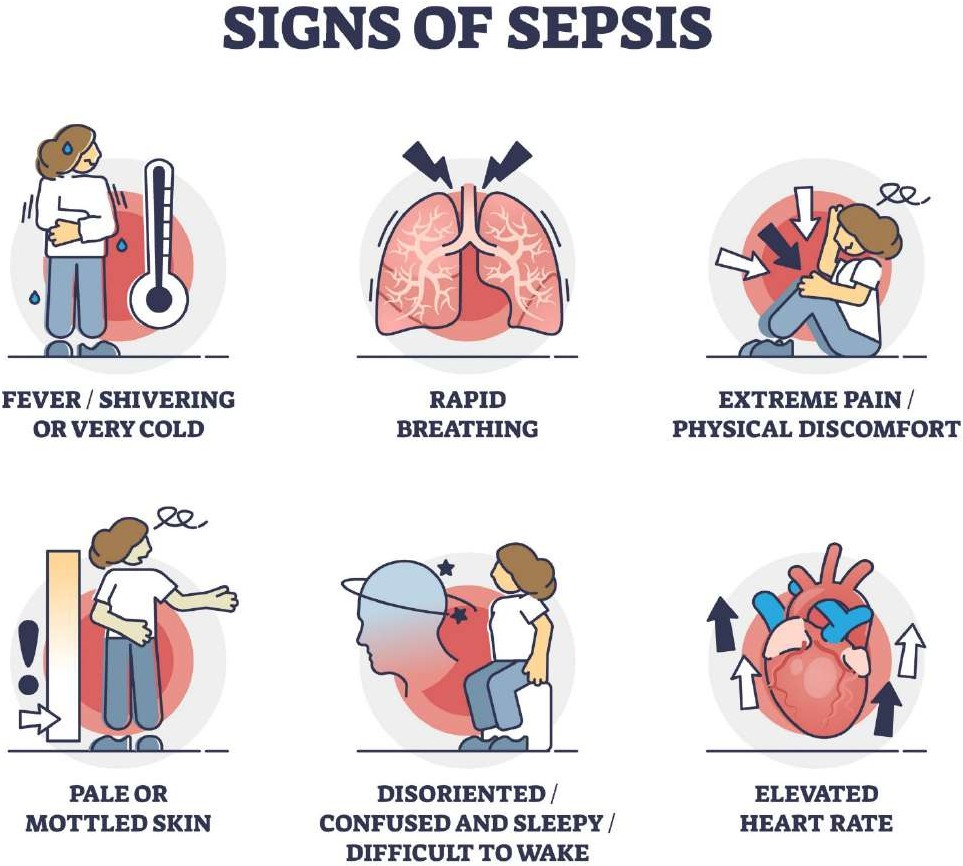A nurse is caring for a client who reports to the clinic for laboratory tests. The client has an acute kidney injury caused by acute tubular necrosis and asks why their glomerular filtration rate (GFR) keeps decreasing. Which of the following pathophysiological changes occurring in the kidney should the nurse explain as the cause of the decrease?
The glomerular filtration rate decreases because there is injury to the renal tubular cells.
The glomerular filtration rate decreases because there is obstruction leading to the filtration system backing up and eventually shutting the kidneys down.
The glomerular filtration rate decreases because in?ammatory cells invade the already damaged kidneys.
The glomerular filtration rate decreases because there is a reduction of blood flow to the kidneys.
The Correct Answer is A
Choice A reason: Acute tubular necrosis (ATN) is a condition where there is damage to the renal tubular cells, which can lead to a decrease in GFR. This is because the tubular cells are responsible for reabsorbing substances from the filtrate back into the blood. When these cells are injured, they cannot function properly, leading to a buildup of waste products and a decrease in GFR.
Choice B reason: While obstruction can lead to a decrease in GFR, it is not the primary cause in the context of acute tubular necrosis. Obstruction typically occurs in postrenal causes of acute kidney injury.
Choice C reason: In?ammatory cells do invade damaged kidneys, but this is more characteristic of conditions such as acute interstitial nephritis rather than ATN. In ATN, the primary issue is the injury to the tubular cells themselves.
Choice D reason: A reduction of blood flow to the kidneys, or prerenal azotemia, can indeed lead to a decrease in GFR. However, in the context of ATN, the primary issue is not the blood flow but the damage to the renal tubules.
Nursing Test Bank
Naxlex Comprehensive Predictor Exams
Related Questions
Correct Answer is C
Explanation
Choice A reason: A diet high in calcium oxalate-rich foods should be avoided as it can contribute to the formation of calcium oxalate stones.
Choice B reason: Continuing prescribed gout medication is important, but it does not directly prevent the formation of renal calculi unless the medication is specifically for reducing uric acid levels.
Choice C reason: Drinking plenty of fluids, especially water, is one of the most effective ways to prevent the recurrence of renal calculi by diluting the urine and reducing the concentration of stone-forming minerals.
Choice D reason: A diet high in purine-rich foods can increase the risk of uric acid stones and should be avoided, especially in patients with gout and a history of renal calculi.
Correct Answer is D
Explanation
Choice A reason: While a heart atack is a serious condition, it is not directly related to peritonitis. Peritonitis can lead to systemic infection, which may indirectly affect the heart, but it is not the primary concern in the immediate care of peritonitis.
Choice B reason: Diabetes is a chronic condition that requires ongoing management. However, it is not the most immediate threat when a client is diagnosed with peritonitis. The nurse should continue to monitor blood glucose levels as part of routine care.
Choice C reason: Respiratory failure can be a complication of peritonitis if the infection spreads and affects other systems. However, the primary concern with peritonitis is the potential for the infection to lead to sepsis.
Choice D reason: Sepsis is a life-threatening condition that can occur as a complication of peritonitis. It happens when the body's response to infection causes injury to its own tissues and organs. Monitoring for signs of sepsis is crucial because early intervention can be lifesaving.

Whether you are a student looking to ace your exams or a practicing nurse seeking to enhance your expertise , our nursing education contents will empower you with the confidence and competence to make a difference in the lives of patients and become a respected leader in the healthcare field.
Visit Naxlex, invest in your future and unlock endless possibilities with our unparalleled nursing education contents today
Report Wrong Answer on the Current Question
Do you disagree with the answer? If yes, what is your expected answer? Explain.
Kindly be descriptive with the issue you are facing.
